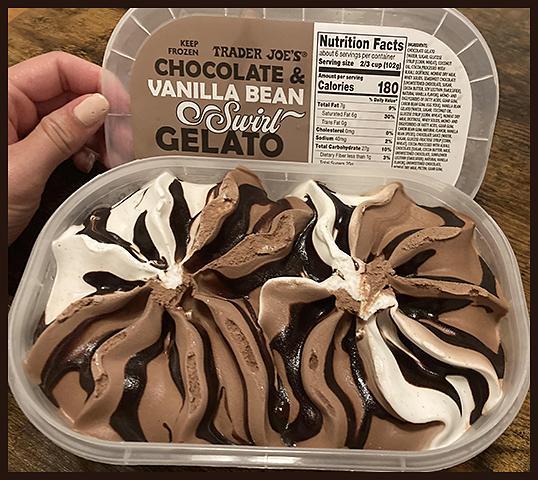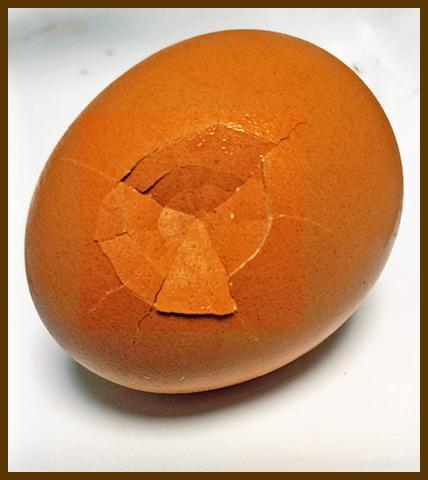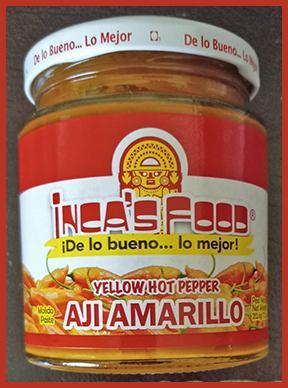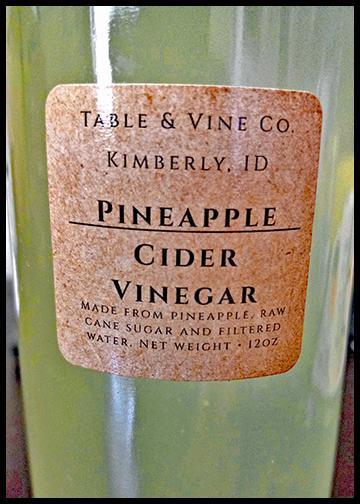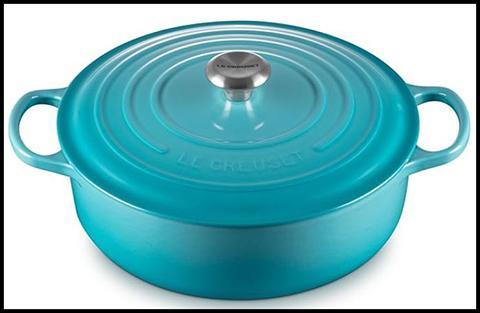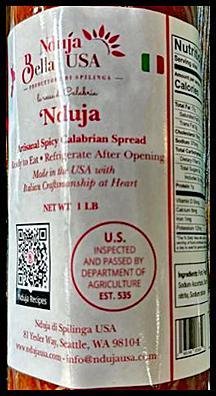-
Posts
4,804 -
Joined
Content Type
Profiles
Forums
Store
Help Articles
Everything posted by Shel_B
-
Looking for real wasabi root, either prepared or whole root. Any ideas where it can be obtained? I've looked at several products that claim to be wasabi, but they all, at best, contain only a small amount of the root. Here's a typical ingredient list from a product described as real: HORSERADISH 40.0 % WASABI 15.0 % IODIZED SALT 8.0 % SOYBEAN OIL 7.0 % CORN STARCH 5.0 % MUSTARD POWDER 1.0 %
-
I've a need for a simple beef stock but I want better quality than boxed, commercial broth. I don't want to make a full-tilt stock in which bones are roasted, etc., nor do I need anything like that. I'd like to try using ground beef and the appropriate aromatics and additions. Any thoughts on the idea or suggestions to enhance the flavor? I'm familiar with, but haven't used, Better than Bullion and More than Gourmet, and I may consider using one of those or another similar product, but for the moment I'd like to explore the idea of using ground beef.
-
What is a "blast freezer?" And, I hope you don't mind my asking, why do you have freezers in your dining and living rooms?
-
This is quite good, although it's not the higher quality gelato one would find in a dedicated gelato shop. I love the combination of vanilla and chocolate - always a favorite - and the fudgy swirl is not at all overpowering. The dessert maintains an easy-to-scoop texture right from the freezer, and it's not overly sweet ... this, I think, will be my go-to ice cream for a while. Try it ... nice for the summer months. .
-
Now that you mention it, I've used it on a table as well, primarily because counter space was at a premium in the kitchens I used, especially when making large batches of goulash and chili. It sure makes quick work of 10lbs of onions.
-
@ElsieD,I found that butternut squash was easy for me although it didn't dice as nicely as onions. Haven't tried potatoes. However, in the next few days - maybe a week or so - I'll need to dice up some orange sweet potatoes. I'll dig out the chopper and see how it does and get back to you. In the meanwhile, this video may be useful: Even though I've tried it with a few items, as @liuzhou suggests, its strong suit for me seems to be onions and the like, although I've had great results with peppers. I've not used it much, and the things I've tried it with, other than onions, were more out of curiosity than to use the items in my regular cooking.
-
It may not do a potato, I've never tried it, but it does do more than onions, and I have tried other things. It's not for everyone and for every situation. We all must decide for ourselves. I keep my unit stashed in an out of the way spot and it comes out once a year or so when I want to take advantage of its ability to dice onions. YMMV, and it clearly does.
-
When sweetie made her annual goulash, she needed a HUGE amount of diced onions. I was in charge of the dicing, and it was a time consuming affair. After the first time, sweetie's daughter gave me this device: The Vidalia Chop Wizard: (eG-friendly Amazon.com link) There's now a larger sized version as well: (eG-friendly Amazon.com link) Of course, it's useful for more than just onions. It's been a big time saver over the years for those few times a year that I need to do a lot of dicing.
-
A phone app was pictured in the video but there didn't seem to be any mention of an app in the video itself. Is an app needed to use the machine? I found this on Google: The Breville+ app is compatible with the Breville Paradice 9 food processor and offers hundreds of free recipes, classes, and guides that have been tested and adjusted by Breville experts for the appliance. The app also provides step-by-step guidance for over 40 recipes.
-
I just took the cooked beans (Dark red kidneys from Zursan) from the IP. The beans were a little overcooked but still quite useable. I drained but did not rinse the beans when removing them from the soaking liquid. I added about a quart of filtered water to the beans in the IP and cooked for 12 minutes on high. I let pressure release for about 17 minutes. The cooking liquid was quite picante and would make a nice addition to many dishes. The beans were not as picante as I expected based on a taste made after soaking and before cooking them. However, they still had a fairly strong flavor from the peppers. Overall, I'd consider the experiment a success. I believe that if the beans were cooked less, more of the peppery taste would have remained in the beans rather than leaching into the cooking water. Does that seem like a reasonable conclusion? Using this experiment as a base, I'll continue experimenting with infusing flavor into my beans in this manner. I believe the technique has possibilities. Better quality beans and a more precise cooking time may be helpful ... ?
-
I agree with blue_dolphin based on my experience with somewhat similar pork products that I've frozen, specifically pancetta in chubs, thick slices, diced, and ground in a food processor.
-
And that's where it went at about 3am his morning. Thanks to all for jumping in.
-
Just curious ... opened a new carton of eggs a while ago and found this puppy. Would you break this open and fry or scramble it? If you did break it open, what would you look for to decide if you'd eat it or not?
-
I'd not thought about a control group, but that seems to be a good idea. Because I have some plans for the weekend, I may not make a control batch until I return. I don't think it matters much when I make the second batch. After purchasing the 'nduja I started reading recipes for ideas on how to use it, and a few included beans as a good match for the spread. However, regardless of how the test batch turns out, those beans are going into a vegetarian or turkey chili that I'm planning. I make a big pot of such chili or stew every month or so ... vegetarian chili, turkey with various beans, black bean and sweet potato stew, versions of fagioli all’uccelletto, etc. I keep about 1/2 for me and give the rest of what I make to residents in my apartment building. Anyway, I'm going to see about using the 'nduja in my cowboy beans recipe which is a riff on Pasta Grammar's Italian Cowboy Beans. which itself is a riff on a more traditional fagioli all’uccelletto.
-
I don't know either, but the experiment has begun. Mashed up some fresh Thai chilies, some dried Calabrian flakes that I cut from whole peppers (seeds are included in this mess), some salt and some garlic slices. Added that to about 2 cups of water which I heated to just boiling, covered the pot, and will let the mess steep until the water cools. The aroma is intense! When the water cools, I'll strain it and add some dark red kidney beans and soak for about 12 hours. I'm keeping the experiment on a small scale. I'll let y'all know what happens after the beans get cooked.
-
Well, time for more experimenting. A little background might be in order, if for no other reason to know my point of reference. Years ago I started cooking pasta in chili-infused water, and the pasta would soak up the flavor like a sponge. I was/am hoping something like that can be done with beans. Thanks for all your advice. I'll certainly consider your comments as I continue exploring bean cooking.
-
So cooking in stock works well for you. That's very good to know. Thanks! Do the beans themselves have a chicken-y flavor?
-
The paste has citric acid as a preservative, so based on what you say, it should not be used in the soaking or cooking process. What if I were to create my own chili pepper infusion by grinding or mincing fresh chili peppers and creating an infusion as originally described. Nothing but pepper-infused water, maybe some salt. Would that work? When you describe the beans as flavorful, are you including the liquid in that description? If so, what about the beans themselves, after cooking but without the liquid, i.e., drained or drained and rinsed? I want the beans themselves to have a strong flavor apart from the cooking liquid, as the liquid my not always be used in the recipes.
-
Now that there's an Instant Pot in my kitchen, and I've found local sources for Rancho Gordo and a couple of other heirloom and organic beans, I'll be using these dried beans instead of canned in many recipes, including several chili recipes, soups, and a few bean-centric main dishes. So, while I have the equipment and the ingredients, my knowledge is lacking. Is adding flavoring components to the soaking water a good way to go, or is adding these components to the cooking water a better option? The few times that I've cooked beans in the IP, I've added onion, garlic, bay leaves, and some dried peppers to the cooking water. The results were pretty good but I'd like to try getting a more intense, or deeper, flavor into the beans. One idea that I have is to infuse the soaking water with some pepper paste. I've a jar of Aji Amarillo paste that's been sitting in a cupboard for far too long, and perhaps it's time to put that puppy to work. I thought I'd add a bunch of paste to the soaking water by heating the water to get a good infusion, strain the solids, and then soak the beans in the cooled water. Perhaps add some salt to the water as well. Workable? Good idea? What do you do to add flavor to beans?
-
The Pasta Grammar folks think it's pretty good, and more than most, they should know. I've not yet decided how I'll use it for the first try, besides just a scoop and a taste. Thinking of using it on spaghetti or fileja. I'd be interested in knowing your reaction. https://www.the-pasta-project.com/fileja-pasta-alla-silana-recipe-from-calabria/
-
Well, I got these items recently: I'm hoping this will help me keep track of items in the fridge and freezer.
-
I've not made yogurt before. Not sure what you're referencing. I'm not concerned about cost right now. I just want to try my hand at making yogurt.
-
@Tropicalsenior, Why dry whole milk? Will your technique work with low fat or skimmed dry milk? Is the liquid milk whole milk? Thanks!





